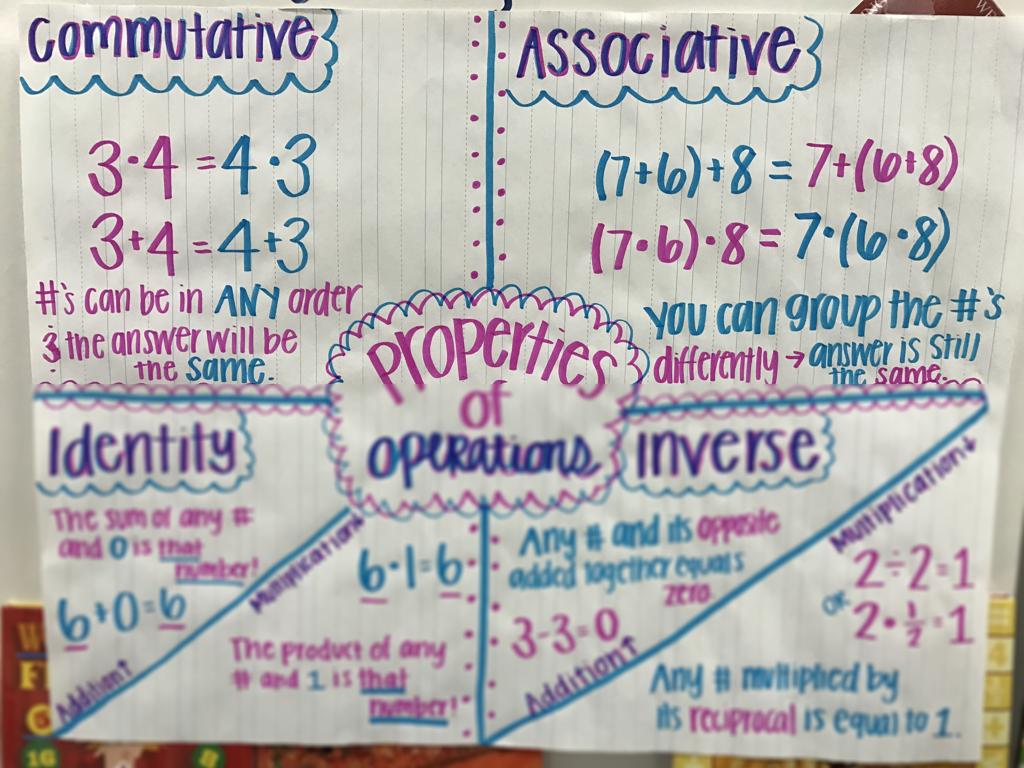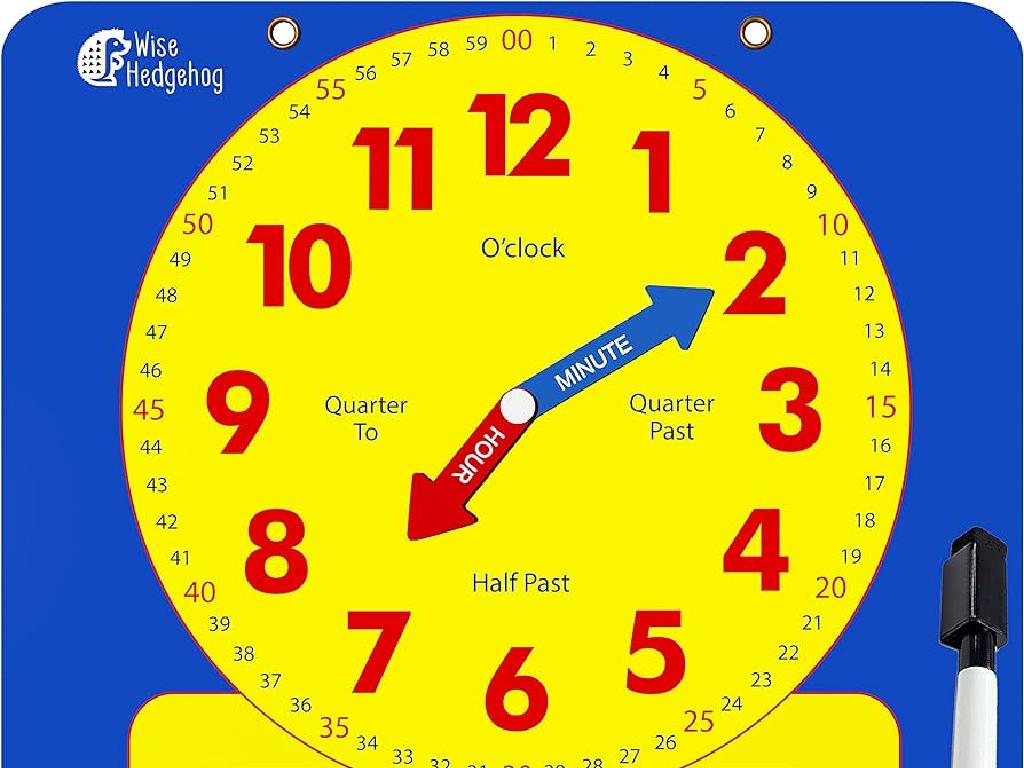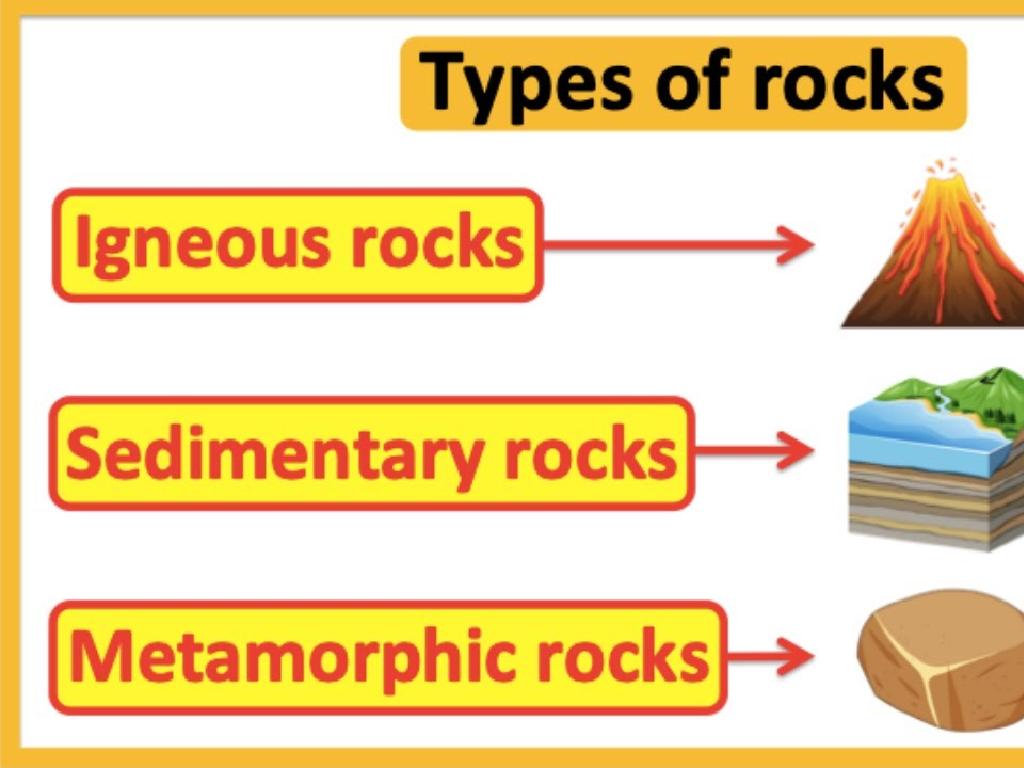Interpret Bar Graphs
Subject: Math
Grade: Fifth grade
Topic: Data And Graphs
Please LOG IN to download the presentation. Access is available to registered users only.
View More Content
Today’s Adventure: Interpreting Bar Graphs
– Graphs as data storytellers
– Graphs turn numbers into visual stories, making it easier to understand.
– Key features of bar graphs
– Titles, labels, scales, and bars – all these elements help us read graphs.
– Interpreting data from bars
– Look at the height of bars to compare different amounts or categories.
– Real-world importance of graphs
– Knowing how to read graphs helps us make decisions in everyday life.
|
This slide introduces the concept of bar graphs as a tool for representing data visually. Emphasize that graphs tell a story about the data and make complex information easier to digest. Discuss the key features of bar graphs, including their titles, labels, scales, and the bars themselves, which represent quantities. Teach students how to interpret the data by comparing the heights of the bars. Highlight the real-world applications of interpreting graphs, such as understanding surveys, business reports, or even sports statistics. Encourage students to think of examples where they have seen bar graphs used in their daily lives.
Understanding Bar Graphs
– Bar graphs visualize data
– Bars of different heights or lengths show values
– Each bar represents a category
– For example, different bars for different fruits sold
– Easy comparison of data
– See which category is highest or lowest at a glance
– Key features of bar graphs
– Includes title, scale, labels, and bars
|
This slide introduces students to the concept of bar graphs as a tool for data visualization. Explain that bar graphs use bars to represent the quantity of different categories, making it simple to compare various groups. Highlight that the height or length of each bar correlates with the value it represents. Use everyday examples, such as comparing the number of apples and oranges sold in a week, to make the concept relatable. Discuss the key components of a bar graph, including the title, which tells us what the graph is about; the scale, which shows the range of values; the labels, which identify the different categories; and the bars themselves, which represent the data. Encourage students to think of situations where they could use a bar graph to present information clearly.
Parts of a Bar Graph
– Understanding the graph title
– The title gives us the topic of the graph
– Learning about X-axis and Y-axis
– Axes are labeled to show what they represent
– Interpreting the bars
– Each bar’s height or length shows a data value
– Using the scale to measure
– Scale helps us quantify the data on the graph
|
This slide is aimed at helping fifth-grade students understand the fundamental components of a bar graph. Start by explaining that the title of the graph provides an immediate understanding of what information the graph will present. Then, move on to the axes, which are the two lines that form the graph; the horizontal line is the X-axis and the vertical line is the Y-axis, both of which should be labeled to indicate what they represent. Next, discuss how the bars in the graph represent the data values, with the height or length of each bar corresponding to a value. Lastly, explain the scale, which is a set of numbers that help us measure and compare the bars accurately. Encourage students to create their own simple bar graphs using data from classroom activities or surveys.
Interpreting Bar Graphs
– Reading the scale and axes
– The scale shows values; axes show categories and units.
– Comparing bar lengths
– Look at how tall or short each bar is to compare.
– Deciphering bar information
– Each bar represents a specific value for a category.
– Analyzing data from bars
– Use the bars to answer questions about the data.
|
This slide is aimed at teaching students how to interpret bar graphs. Start by explaining the importance of the scale and axes, which provide the framework for understanding the graph. Emphasize that the scale should be checked to understand the value each bar represents. Teach students to compare the lengths of the bars to draw conclusions about the data. Each bar’s height or length corresponds to its value, so students should be able to understand what each bar is telling us about the data set. Finally, guide students on how to analyze the data presented by the bars to answer questions or solve problems related to the graph. Encourage students to practice by interpreting various bar graphs and discussing their findings.
Interpreting Bar Graphs
– Understanding bar graph basics
– A bar graph displays data visually using bars of different heights or lengths.
– Discovering patterns in data
– Look for trends or repeated patterns across the bars.
– Drawing conclusions from graphs
– Use the information to make informed statements about the data.
– Formulating questions about data
– What does the data tell us? What’s missing?
|
This slide introduces students to the concept of interpreting bar graphs. Begin by explaining the structure of a bar graph, including the x-axis, y-axis, and how the bars represent data. Encourage students to look for patterns such as which category has the highest or lowest frequency. Teach them to draw conclusions based on these observations, such as which item is the most or least popular, or how different items compare. Finally, prompt them to think critically by asking questions about the data, which can lead to a deeper understanding of the material presented in the graph. Provide examples of bar graphs and guide the students through the process of interpretation, ensuring they grasp the concept of using visual data to make informed conclusions.
Let’s Practice: Interpreting Bar Graphs
– Review example bar graph
– Discuss tallest bar significance
– The tallest bar shows the highest value or most frequent category.
– Identify least data category
– Find which bar is the shortest to see the least amount of data.
– Share observations
|
This slide is an interactive class activity designed to help students practice interpreting bar graphs. Present an example bar graph with various data points. Ask students to identify what the tallest bar represents, which will usually be the category with the highest value or frequency. Then, have them look for the category with the least amount of data by finding the shortest bar. Encourage students to share their observations and reasoning with the class. For the teacher: Prepare four to five different bar graphs for students to analyze in small groups or pairs, ensuring each graph has distinct tallest and shortest bars to facilitate clear understanding of the concepts.
Create Your Own Bar Graph
– Collect data from classmates
– Ask questions and tally answers
– Select an appropriate scale
– Scale must fit all data comfortably
– Draw and label the bar graph
– Use bars to represent data clearly
– Interpret the graph results
– Explain what your graph shows
|
This slide initiates a class activity where students will apply their knowledge of bar graphs by creating one based on data collected from their peers. Students should think of a question to ask their classmates, collect responses, and tally the results. They must then determine a scale that allows all data to be represented without crowding the graph. Students should draw the bars to correspond with the data collected, ensuring each bar is properly labeled with the data it represents. Finally, students will interpret the results of their graph, explaining the data’s story. For the teacher: Prepare to assist students in scale selection and provide guidance on labeling. Offer examples of questions to ask, and ensure each student has the materials needed to create their graph. Have a discussion afterward to reflect on what the graphs illustrate about the class.
Class Activity: Bar Graph Bonanza
– Collect data on favorite subjects
– Create a bar graph with the data
– Use bars to represent numbers of votes for each subject
– Present and explain your graph
– Share what the graph reveals about class preferences
– Discuss findings as a class
– Engage in a discussion about the variety of interests
|
This activity is designed to provide hands-on experience with bar graphs. Divide the class into small groups and have each group survey their classmates about their favorite school subjects. Each group will then create a bar graph representing their collected data, ensuring that the height of each bar corresponds to the number of votes for each subject. Once completed, groups will present their graphs to the class, explaining what the graph indicates about the group’s preferences. Conclude the activity with a class discussion on the findings, highlighting the diversity of favorite subjects and how bar graphs help us visualize data. For the teacher: Prepare a list of subjects, graph paper, and colored pencils. Guide students on how to scale their graphs and ensure clarity in their presentations.
Bar Graphs: Visual Tools for Comparison
– Congratulations on mastering bar graphs!
– Understanding the usefulness of bar graphs
– Bar graphs turn numbers into pictures for our brains
– Visualizing data with bar graphs
– Each bar’s height shows a number’s size at a glance
– Comparing data easily
– Side-by-side bars make differences clear
|
This slide wraps up the lesson on bar graphs by congratulating the students on their new skill. Emphasize the importance of bar graphs as a tool for making numerical data easy to understand and compare. Highlight how bar graphs can be used in various real-life situations, such as in business to compare sales, in school to show test score distributions, or even in sports to compare players’ performances. Encourage students to think of situations where they could use bar graphs themselves. Remind them that the key advantage of bar graphs is their ability to help us visualize and compare data quickly and effectively.






